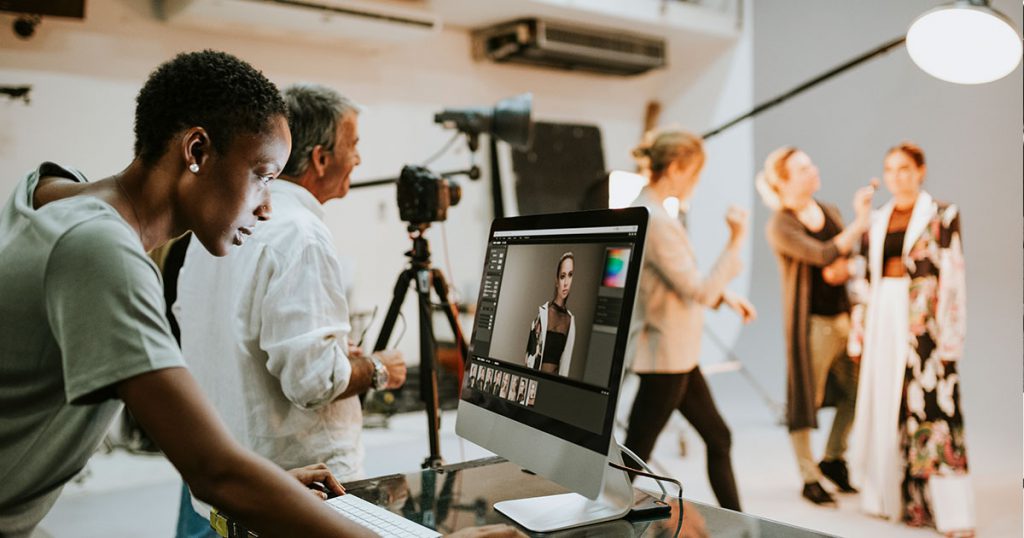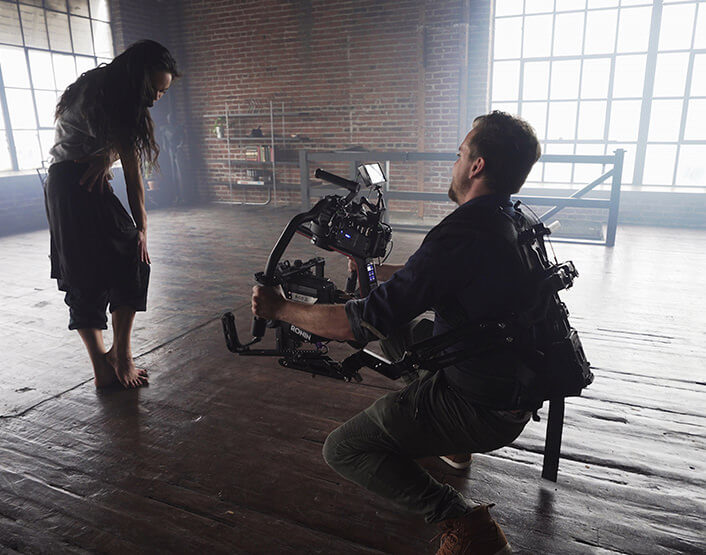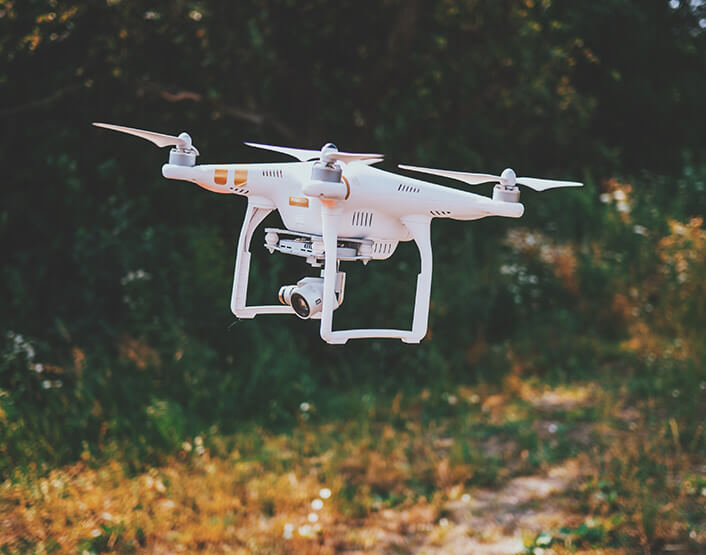We used to see drones being used in reconnaissance missions by the military. They use it to survey the camps of the enemies, as well as to bring supplies over to the soldiers. Who would’ve thought that from such a lofty beginning, drones will now be used to fly over a couple kissing as husband and bride in front of their family and friends? But alas, that’s how Lakeland drone videography is being used now.
Sure, the military still uses drones to protect their bases, communicate with the control room, and send supplies in and out of the camp. However, drones have also become so ubiquitous that it is now in every home of a millennial who can afford it or saved enough to buy one. The challenge now is not to produce more drones that the masses can afford (we already have a drone that’s worth $50, much less than a toy).
The challenge is to create regulations that will govern the use of drones in and out of public and private spaces. The challenge is to manufacture sturdier drones that will not cause accidents. The challenge is to learn the art of Lakeland drone videography so that so-called videographers don’t waste the money of their clients.
And yet, we also believe that drones are the future of photography and videography; that soon, we may no longer need human intervention to control the drones and that humans only need to calibrate the drones and the cameras to the right settings so they can do their work. And why wouldn’t this be possible?
Two decades ago, we were just making fictional Hollywood films about artificial intelligence and smart computers. Now, we’re living in an age where we can talk to bots through Messenger and live chat. Yes, people, we ask robots for information now. That’s science and technology.
It wouldn’t be too impossible to believe that in the near future, we would find drones hovering around us during corporate events, weddings, birthdays, anniversaries, engagement parties, product launches, and many others. They can be controlled from just one room by a group of photographers and videographers who will by then, act as directors.
Everything will be voice-controlled. All commands will be given directly to the machines. This possibility should be in the minds of videographers when they do their work every day. They must work not only to hone their present skills but to incorporate technology into their everyday lives.





